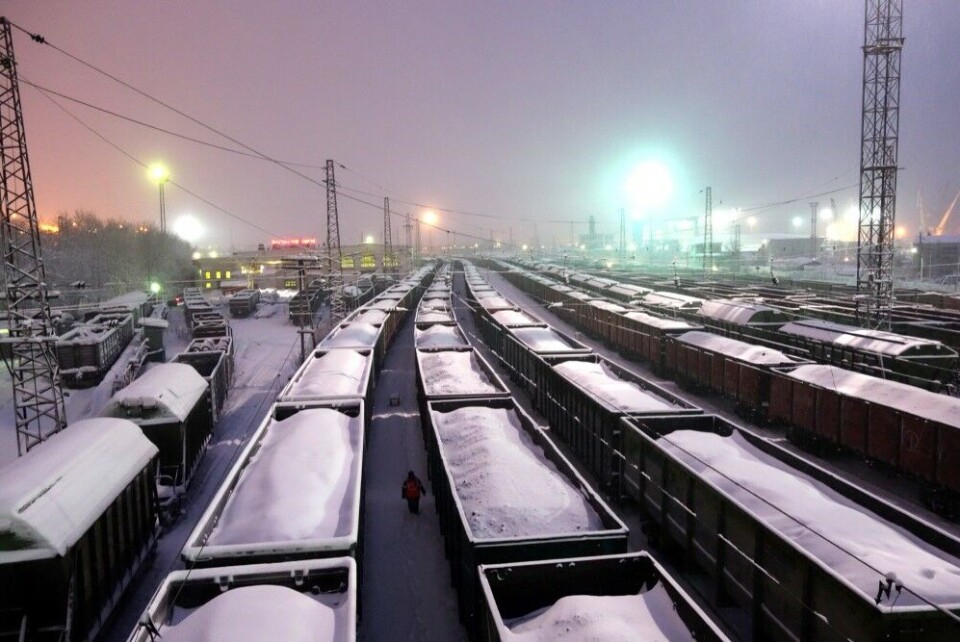
In Russian Arctic, more trade
While the rest of the country’s foreign trade continues to decline, north Russian regions in the first half of 2016 recorded growth in their commerce with the abroad.
p.p1 {margin: 0.0px 0.0px 0.0px 0.0px; font: 11.0px Helvetica; -webkit-text-stroke: #000000}p.p2 {margin: 0.0px 0.0px 0.0px 0.0px; font: 11.0px Helvetica; -webkit-text-stroke: #000000; min-height: 13.0px}span.s1 {font-kerning: none}
Despite the continuous sanctions, all the Russian Arctic regions in the first six months of 2016 had an upswing in trade with the abroad.
The only exception is the Komi Republic, which in the period had a slight decrease in both imports and exports, data from the Russian Statistical Service (Rosstat) reveal.
The strongest growth is found in the Yamal Nenets Autonomous Okrug where imports surged from $45.1 million in first half 2015 to $915.9 million in the same period 2016. That is spurred by the major industrial development projects currently unfolding in the Yamal Peninsula, among them the Yamal LNG.
In Murmansk, imports grew from $190.8 million in 2015 to $244.6 this year, while exports increased from $800 million to $875.9 million. Also in Arkhangelsk and Karelia there was an increase in both imports and exports, the trade figures show.
Meanwhile, the trend for Russia as a whole remains negative. In the first half of 2016, the country’s total imports were down by 10 percent year-on-year, while export declined as much as 40 percent.
In the north, the positive trends in regions might soon be felt by the neighboring countries.
According to the Murmansk regional government, cross-border trade turnover with neighboring Norway in the first half of the year experienced a 54 percent upswing to $87.3 million. The figures were delivered by First Deputy Governor Aleksey Tyukavin in the recent Border Days, an annual event held in the border town of in Nikel.
Norway in 2015 accounted for 9,6 percent of foreign trade with Murmansk. Among the other major trade partners were Germany (8,5%), Holland (6,0%) and Finland (10,8%). Interestingly, new trade partners Indonesia, Jamaica and South Africa in 2015 accounted for respectively 13,6 percent, 7,5 percent and 10,7 percent of the trade, figures from the regional statistical office show.
Minerals and metals continue to overwhelmingly dominate regional trade with more than 75 percent of the exports in 2015.
Also the Finnish Customs this week reported about growing trade with Russia. For the first time since December 2013, trade between the two neighboring countries in August recorded an increase. The country’s exports to Russia were up by two percent, boosted by sales of machinery and equipment, refined petroleum products, paper and board.
As the Russian treasury is getting increasingly cash-strapped, the federal government seeks new ways to stimulate trade. In a recent meeting in the Kremlin, Russian Prime Minister Dmitry Medvedev underlined that foreign trade now must be facilitated. He wants an annual seven percent increase in non-energy, non-raw material trade and the development of a wider range of export products and new markets.
However, raw materials will continue to be Russia’s main trade commodity for a long time. And the development of those markets remains unpredictable.
A new report from the European Bank for Reconstruction and Development links Russian economic growth closely to the development of the raw material market. If the prices remain low, Russia will continue to feel pain.
















